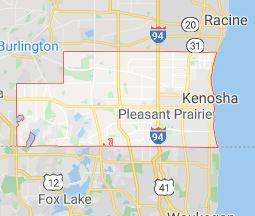By Caroline Kubzansky for WisPolitics.com.
In 2016, Donald Trump defeated Hillary Clinton in Kenosha County by 238 votes. With the county again up for grabs this November, Democratic Chair Lori Hawkins and Republican Chair Erin Decker agree on one thing: there are undecided voters to convince.
Kenosha, a former auto manufacturing center bordering Lake Michigan and Illinois, has historically been a...
Please log in to access subscriber content.
If you don't have a subscription, please contact schmies@wispolitics.com for subscription options on the WisPolitics-State Affairs platform, which is the new home for WisPolitics subscriber products.


